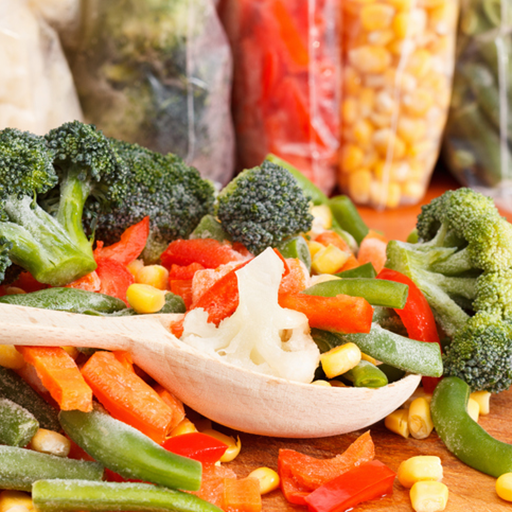Food Safety Tips
Whether you are a seasoned cook or a relative newbie in the kitchen, food safety and sanitation are important to keep a sensitive tummy from getting more upset—or worse.
Here are some basic tips:
- Always wash your hands with hot, soapy water before and after preparing food. Also wash as you go, and use towels or sponges for different purposes: one for drying your clean hands and tools, and another for wiping countertops.
- Clean your cutting surfaces and tools after cutting raw meat, poultry, and fish. In their raw state, these foods frequently contain bacteria that are rendered harmless by cooking. Thoroughly wash all cutting surfaces, knives, and other tools in hot, soapy water before preparing other foods.
- Pay close attention to refrigeration and chilling methods. After you have cooked food, promptly chill it in the refrigerator or freezer, leaving the covers off the containers at first to allow the food to chill more quickly. If you have a large quantity of hot soup, stew, or braised meat, a good method for quick cooling is to set the bowl or cooking pot into a larger bowl of ice water. Stir it occasionally; the cold water quickly brings down the temperature of the food (add more ice as needed). Then you can package it in smaller quantities to refrigerate or freeze.
The main thing to remember is that bacteria thrive between 40°F and 140°F, so do what it takes to get your food out of that temperature range as quickly as possible. - Wash produce properly, even if you’re going to peel it. Harmful bacteria and other nasties (including salmonella, listeria, and E.coli) often lurk on the outside of fruits and vegetables, including melons and spinach. (This is especially true with conventionally grown produce, which may come in contact with agricultural runoff containing manure—another reason to buy local, organic produce instead.) Bacteria on the surface of, say, a melon, can easily be transferred into its interior by a knife slicing into it. Wash produce in very cold running tap water or distilled water; no soap or detergent is needed. And no need to purchase those expensive veggie washes either—although they are effective, cold, clean running water works nearly as well.
- Never store raw garlic in oil at room temperature. Even in the refrigerator this is chancy, as sulfurous compounds in garlic provide ideal conditions for breeding botulism, the most deadly natural toxin known to humans. However, garlic can be safely stored in vinegar (not balsamic) if refrigerated; the high acid content of the vinegar prevents the formation of botulism.
- When it comes to canning green beans and other low-acid veggies, pay close attention to established canning standards and do not try to shortcut any steps.
- Refrain from washing raw meat, poultry, or eggs, in spite of what you may have heard in the past. Washing these foods can spread bacteria to sinks, faucet handles, countertops, and other kitchen surfaces. A better way to deal with potential contamination is to make sure you wash your work surfaces and tools after handling these products, and to cook the foods well.
- Don't put cooked meat back on a plate that contained raw meat or the marinade in which it had been standing. This can result in cross-contamination. Always use separate dishes for raw and cooked flesh foods.
- Reusing raw marinade on cooked foods is a no-no, since germs and bacteria from the raw meat may still be lurking there. If you want to reuse the marinade, heat it to a boil, then use it immediately.
- Uncooked eggs can be a problem. Although salmonella is nowadays actually very rare in commercial egg production, it can still turn up occasionally. If you want to be extra safe, avoid eating products with raw eggs, like Caesar salad dressing made with raw eggs.
- When you freeze foods, be sure to write the date on the package so you'll know whether to use or discard the food. (See the link below for some guidelines on how long to keep frozen foods.)
- If in doubt, throw it out. Leftovers gone bad don’t always smell that way—it’s better to be safe than sorry. For a handy, reliable chart on food storage times, see Foodsafety.gov’s website: http://www.foodsafety.gov/keep/charts/storagetimes.html.




